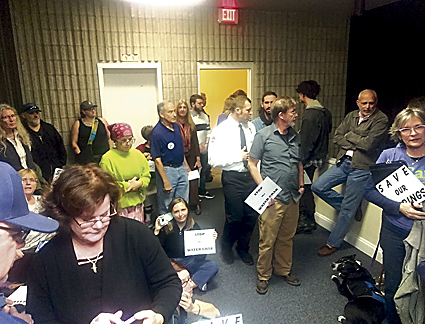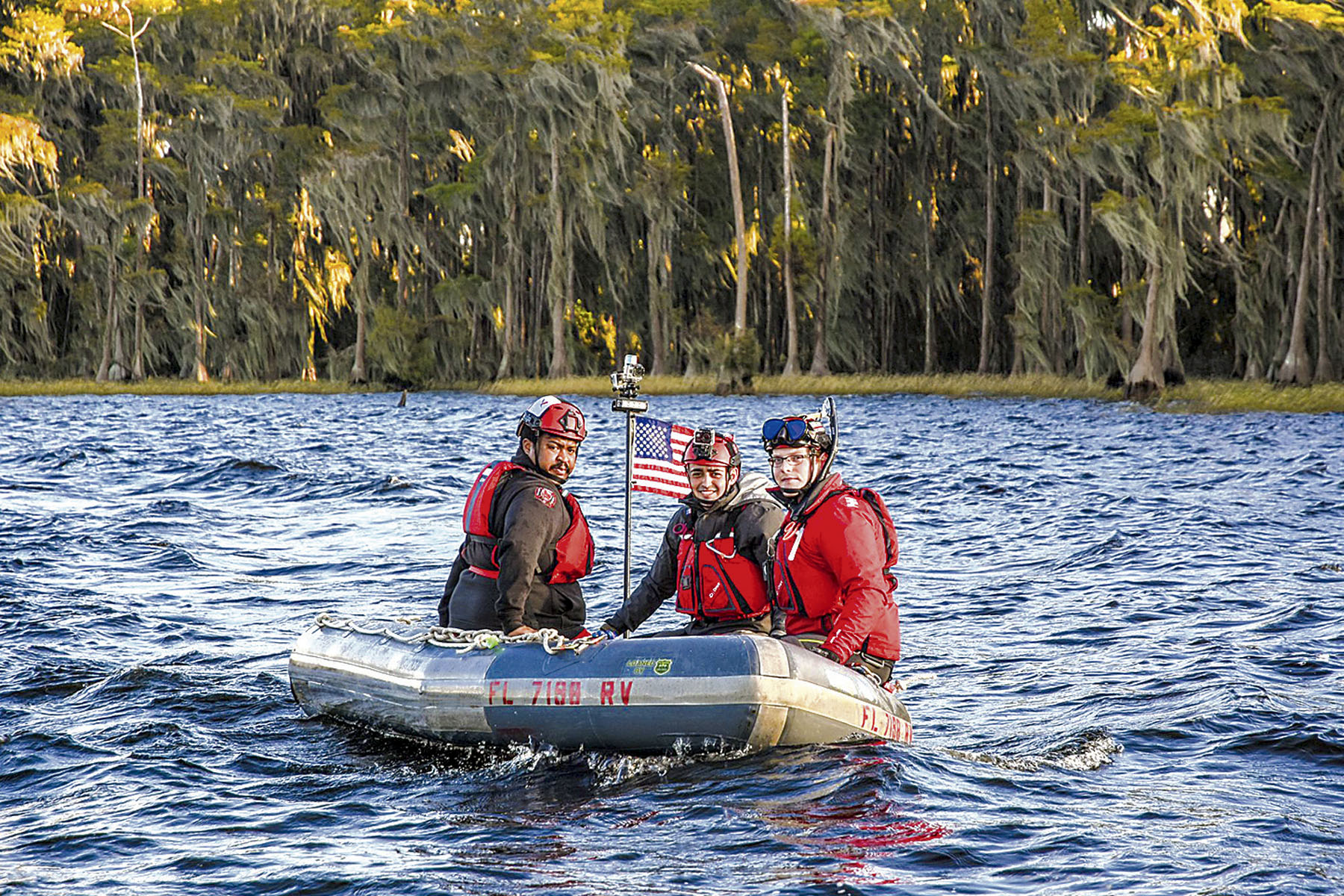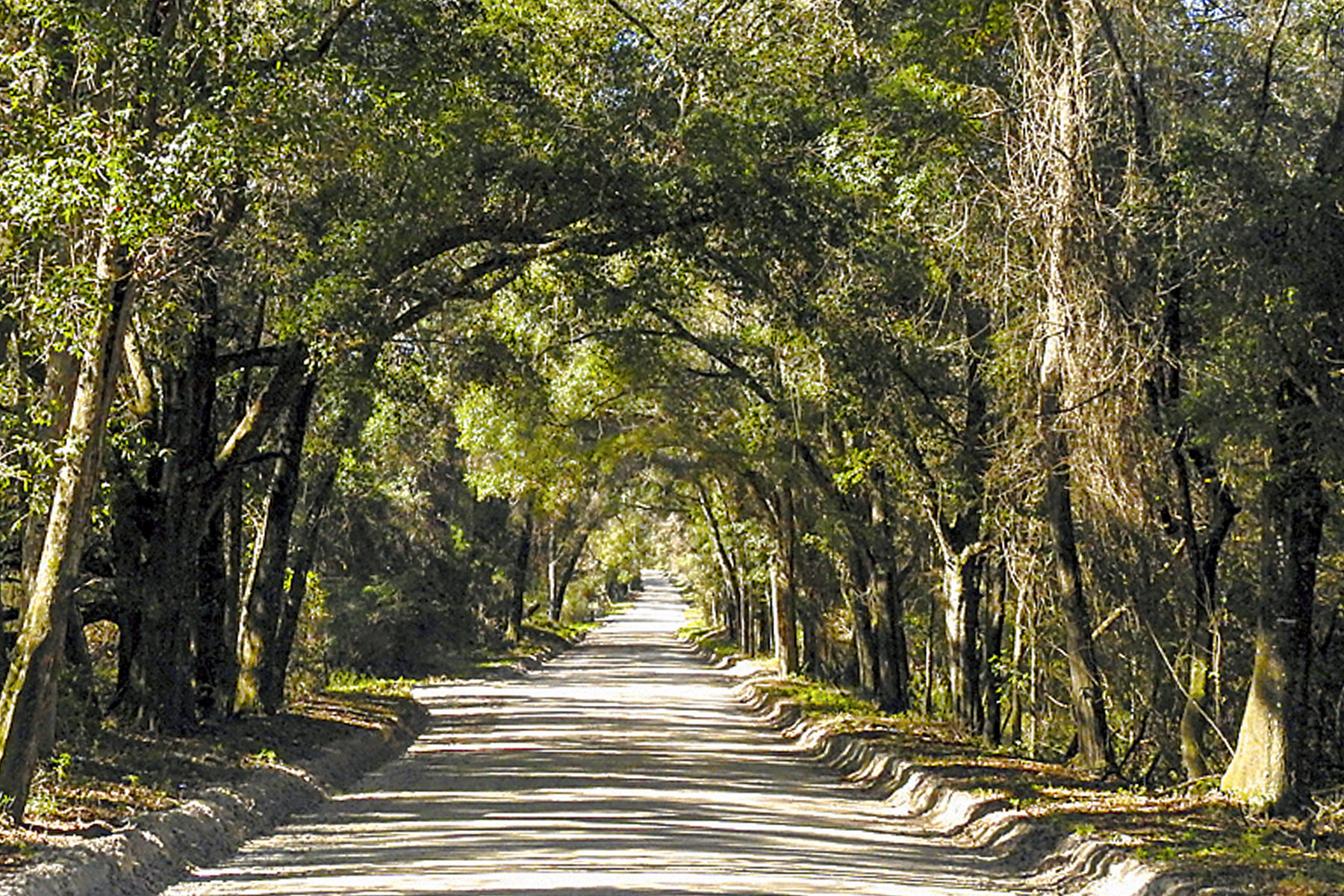
High Springs City Hall meeting room was overflowing as people voiced their opinions on a pending water extraction permit renewal.
HIGH SPRINGS — There is a battle being waged over the future of river resources, renewal of permits and the fate of a proposed water plant by Nestle.
For the past 20 years, the Seven Springs Bottling Plant has held a permit to withdraw water from Ginnie Springs. The permit allowed them to withdraw up to 1.152 million gallons a day from the spring, but as a smaller local plant, their average withdrawal has been a quarter of that amount, peaking at under 270,000 gallons per day for the past four years.
The water and environmental science models of 20 years ago did not foresee the growth of population and agricultural groups in the area and so water usage has become a much more important issue, especially dealing with the commercialization of a resource that is free to all Floridians.
Because of this, permits allowing large use are now being limited to five years and the number of first-time permits has become much more limited. Since the Seven Springs plant had an existing permit, they are able to reapply for a one-time fee of $115.
Water Management District Issues Permits
In January 2019, Nestle Corporation purchased the bottling plant from Seven Springs and began upgrading the facilities in expectation of opening a plant that could produce up to the limit of the permit at 1.152 million gallons a day. To date, they say they have spent $41 million on upgrades and infrastructure. Nestle will also pay an undisclosed amount to Seven Springs for the water itself.
Seven Springs will actually own the permit and Nestle will pay them for the usage. However, they can’t simply start drawing water. There are numerous rules and environmental regulations that have to be met regarding impacts on the health of the river and long-term effects.
The Suwanee River Water Management District (SRWMD) has the authority to make a determination on the permit approval and how much water Nestle can pull from the river. While that sounds definitive, the SRWMD scientist and environmental experts do not make the final decision. They send their recommendation to a six-member Board of Governors who determine whether to grant the permit and for how much water use. Currently the board is comprised of business leaders including three large farmers, a cattle company owner, pawn broker and a construction company president and cattle ranch owner. Only Virginia Johns has experience and education with water management, but that is largely dealing with construction stormwater management.
Majority of Permits for Large-Scale Ag and Livestock Use
The Santa Fe River is currently listed in recovery, both due to lower water levels and more directly due to pollution. There are over 60 springs that discharge into the 75-mile-long Santa Fe and Suwanee river system. Data has shown the that spring water flow rates have dropped continually since the 1930s, and increased agricultural and commercial use, combined with a rapidly increasing population has put a strain on the river system and aquifer. The aquifer provides most of the drinking water for Florida and southern Georgia. If the aquifer level falls too much, sea water can seep in, making the water undrinkable. South Florida has already experienced some of this effect.
While the amount of water requested by Nestle seems significant, the majority of the permits are granted for large-scale agricultural and livestock use. Over 90 percent of the water drawn from the rivers in the SRWMD area is used for agriculture. The large-scale farms also put nitrates into the groundwater, which causes algae and affects water-based wildlife. This is a primary reason that the river is considered endangered.
While the Board of Governors and SRWMD have authority over the permit, local governments have voiced their opinions. Alachua County passed a resolution requesting limiting the withdraw by Nestle to match previous use—not the full amount allowed by the permit.
High Springs Prepares Two Resolutions
On Jan 9, 2020, the High Springs City Commission addressed the issue. While the City has no jurisdiction in the final decision, they felt that it was their responsibility to hold an open meeting to hear the opinions of residents. It turned out to be the most highly attended meeting the Commission has had. So many people showed up that High Springs Police and Fire staff had to limit the number of people in the commission chamber, while the exterior hall area and the steps were filled with people wanting a chance to voice their opinions.
The Commission had prepared two resolutions for consideration. One resolution was to voice their opinion that the permit should not be renewed and the second was an alternative that Nestle should be limited to the previous amount that Seven Springs pumped out and not the maximum 1.152 million gallons per day allowed by the permit.
Opponents Cite Strained River System and Pollution
The meeting lasted more than two hours with numerous speakers on both sides of the debate. Data, both in support and opposition to the proposed Nestle plant, was presented along with residents’ personal opinions. Many of the opponents of the plant cite the cumulative effect of granting more permits to a river system that is already feeling the strains of overuse and pollution. They cited that the 1.52 million gallons pulled each day would amount to 2.1 billion gallons over five years.
They expressed concerns about the water plant's effect on the river's health, wildlife and how that would affect eco-tourism, which is important to the local economy. They also expressed concerns on a fourfold increase in traffic on Poe Springs Road. There were also concerns about additional environmental pollution by creating 2 billion more plastic bottles per year. There are already over 50 billion bottles discarded per year. Other speakers cited the commercialization and profit from an outside corporation for a resource that was free to all Floridians.
Proponents Cite Water Resource Management and Jobs
Proponents of the plant stressed that Nestle has been environmentally conscious about their commercial water plants and has been one of the leaders in water resource management. They said that it is not in Nestle's interest to drain the water or pollute it since that would kill their very product they are producing. Several speakers pointed to the fact that even at the maximum draw of 1.152 million a day, it adds up to less than one-half of one-percent of the water drawn from the river and one one-hundredth of the amount produced by the river. They also cited that most of the damage to the river comes from agriculture and development, both of which have major money and legal teams that locals would have trouble litigating against. They said that Nestle would help fight this since it would again affect their operations by damaging the river and aquifer. They also stated that they bring jobs and taxes into the local economy.
City Declines to Approve Resolutions, Sends Letter
In the end, the High Springs City Commission did not approve either resolution but does plan to send a “strongly worded” letter to the SRWMD suggesting that they revise the permit to limit water withdrawal to the previously used amount. While they have no jurisdiction in the decision, the Commission sought the middle ground acknowledging the arguments from both sides.
As of Jan. 14, the SRWMD had received the last of the required Requested Additional Information (RAI) forms from Nestle and Seven Springs and now has 90 days to review it and forward their decision to the Governing Board.
# # #
Email rcarson@
alachuatoday.com
Add a comment




